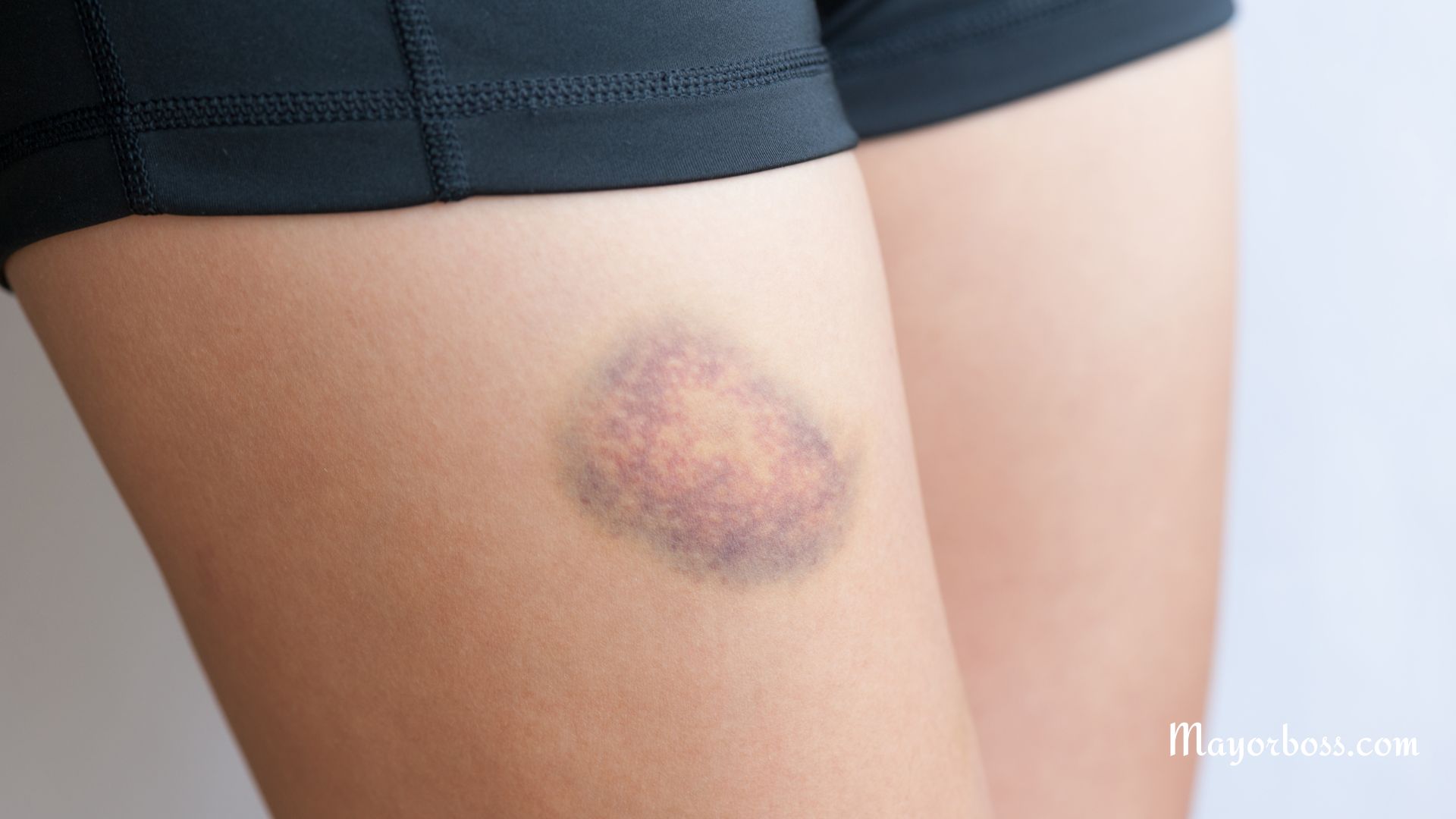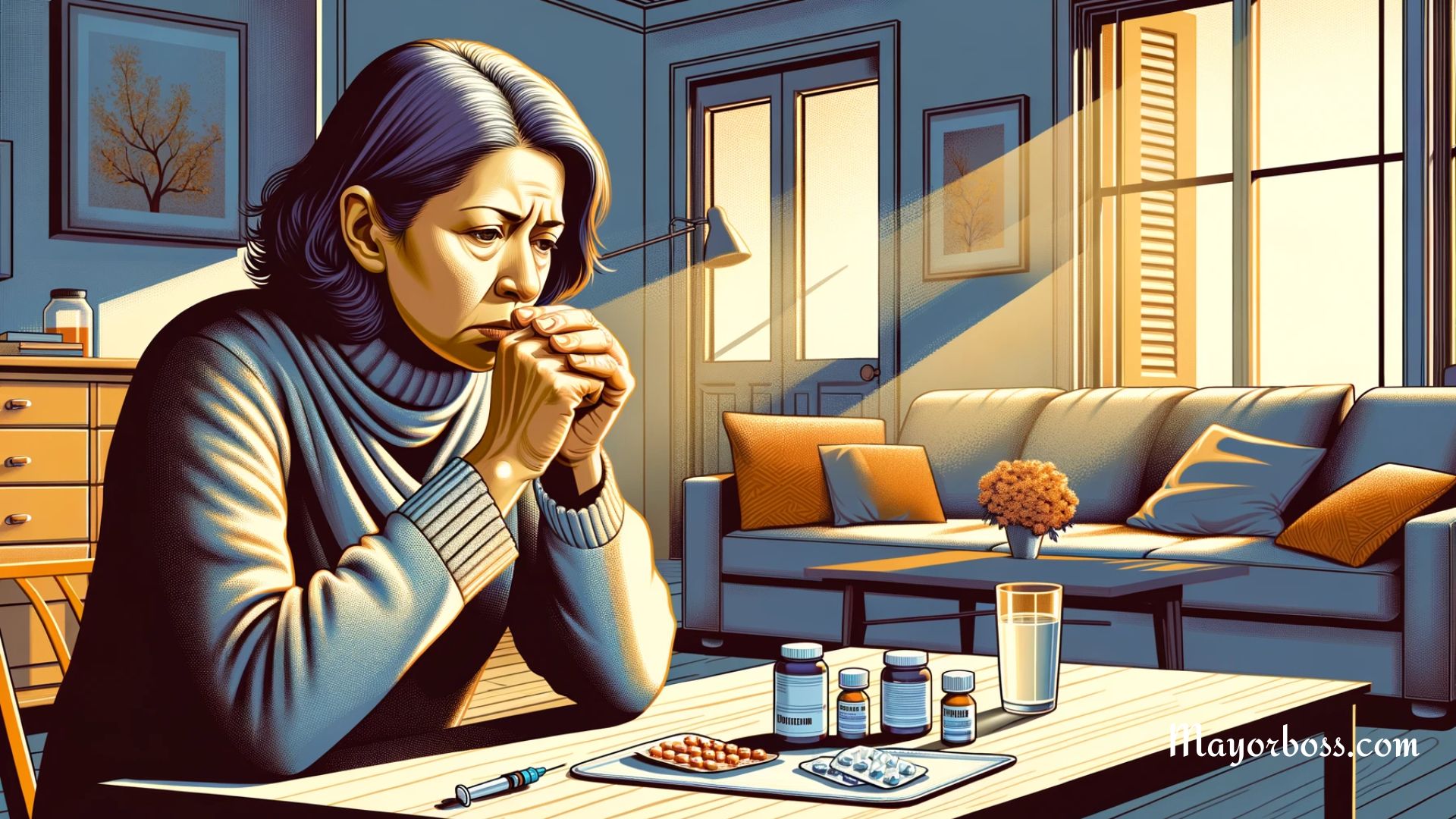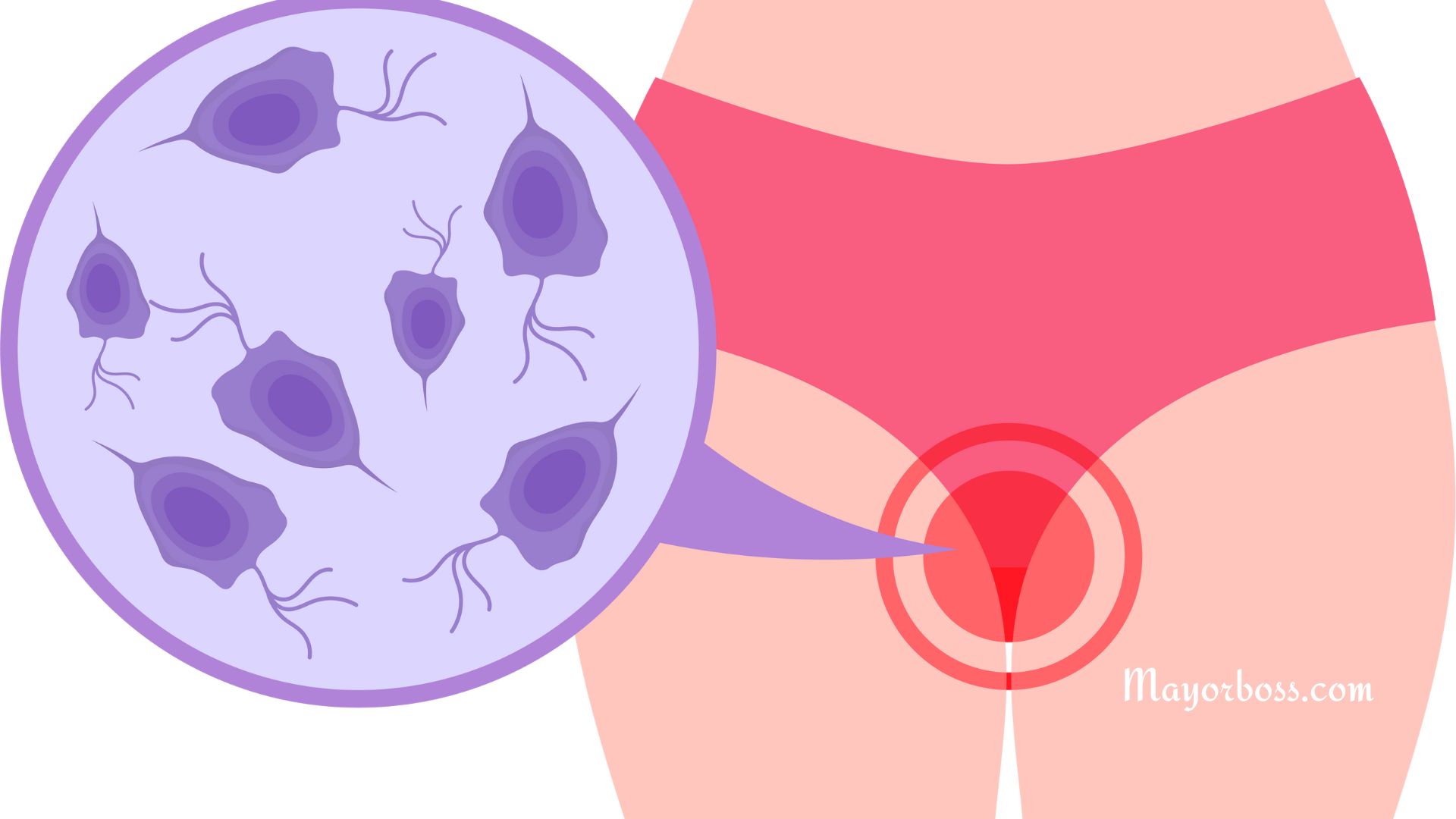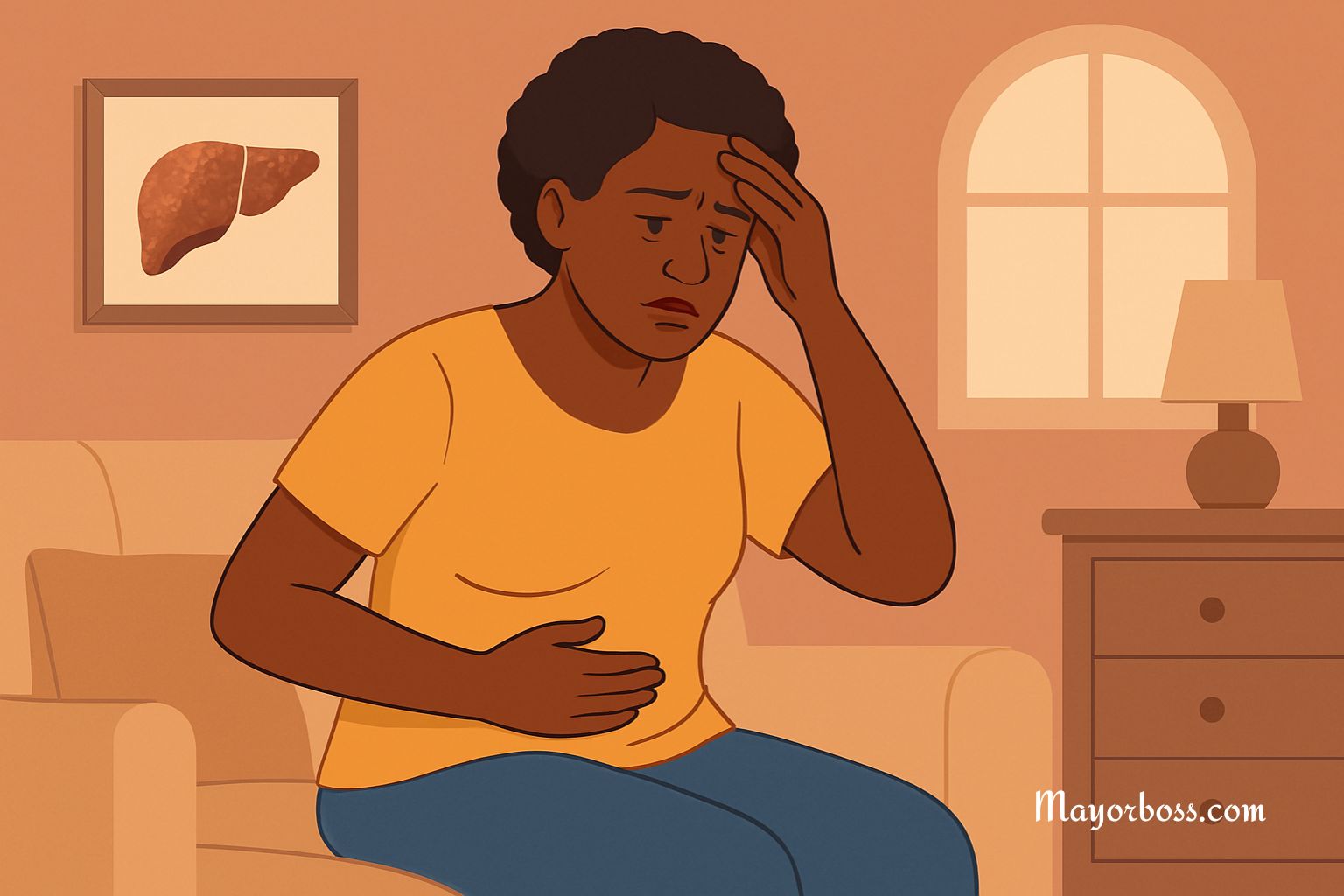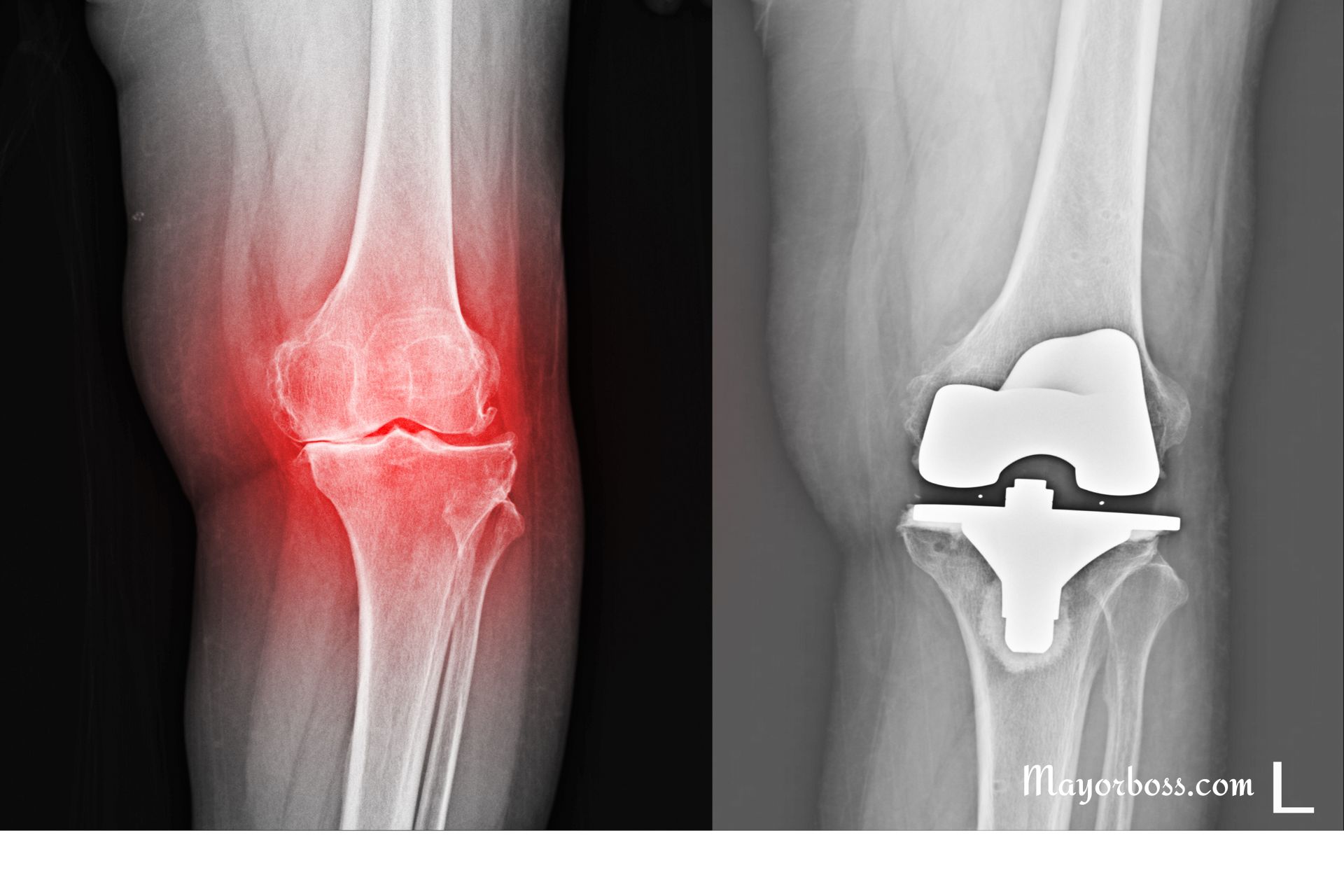What It Really Means When You Have White Spots On Your Skin
White spots on your skin can be caused by several conditions, such as vitiligo, fungal infections, eczema, or sun damage. Most are not dangerous, but some require medical attention. Understanding the underlying cause can help you get the right treatment and prevent further spread.
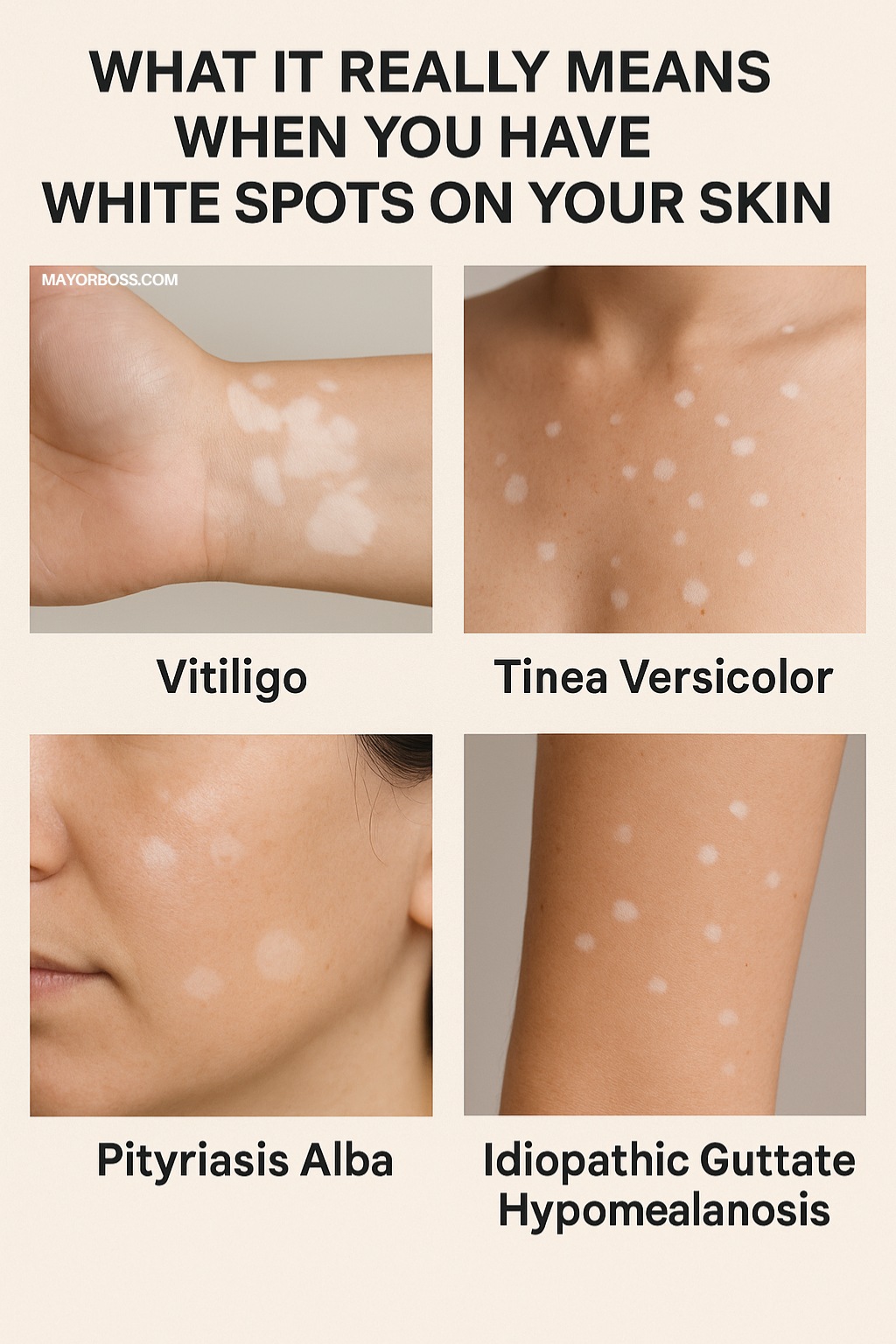
Your skin gets its color from a pigment called melanin. Cells called melanocytes produce this pigment. When those cells are damaged or stop working, areas of your skin may lose color and turn lighter or even white.
Not all white spots are the same. Some are small and hardly noticeable. Others are larger and may change in size or shape over time. The way they look—and where they appear—can give clues to the cause.
Common Causes of White Spots
Here are the most common reasons you might see white spots on your skin:
1. Vitiligo
Vitiligo is a condition that happens when the immune system attacks the pigment-producing cells in your skin. The result? Patches of skin lose their color and turn milky white. These spots can appear anywhere, but often show up on the face, hands, arms, feet, and around body openings like the mouth or eyes.
Vitiligo can start at any age, but it often appears before age 30. It’s not painful or itchy, but it can spread or become more visible over time. Although it isn’t harmful, many people find that it affects their confidence.1
2. Tinea Versicolor
Tinea versicolor is a common fungal infection, especially in warm and humid climates. This fungus lives on everyone’s skin, but sometimes it grows too much and causes small white, pink, or brown spots. These spots can appear on the chest, back, neck, and arms.
You might notice that the white spots are more obvious after sun exposure because the affected skin doesn’t tan like the rest. The spots may be slightly scaly or dry, but are usually not itchy or painful. Antifungal creams or shampoos can treat tinea versicolor.2
3. Pityriasis Alba
Pityriasis alba is most common in children and teens. It looks like dry, scaly patches that start off pink or red and then fade to white. These spots often show up on the face, especially the cheeks, but can also appear on the neck, arms, and trunk.
Doctors believe it’s a mild form of eczema. The spots may come and go, usually clearing up over several months. Using gentle moisturizers can help the skin heal faster.3
4. Idiopathic Guttate Hypomelanosis
This long name simply means “white spots of unknown cause.” These small, round or oval spots usually appear on the arms, legs, and sometimes the face as people get older. They are harmless and do not turn into anything serious.
Most doctors believe they result from years of sun exposure, which damages the skin and pigment cells over time. Sunscreen and sun-protective clothing can help prevent new spots from forming.4
5. Other Causes
- Eczema or psoriasis: Chronic skin conditions can sometimes heal and leave pale spots.
- Lichen sclerosus: Rare, usually appears on the genitals or anus, and can cause white, thin patches.
- Post-inflammatory hypopigmentation: After a rash, burn, or injury heals, lighter areas may remain for a while.
- Nutritional deficiencies: Rare, but low levels of certain vitamins or minerals can affect skin color.
When To See a Doctor
Not all white spots need medical treatment. Still, there are times when you should reach out to your healthcare provider:
- The spots are spreading or changing quickly.
- The spots are itchy, painful, or blistering.
- You notice other symptoms like fever, swelling, or discomfort.
- The spots are affecting your confidence or quality of life.
A dermatologist can examine your skin, possibly run some simple tests, and give you a diagnosis. In many cases, treatment is straightforward and can help restore your skin’s appearance.
Tips for Managing and Preventing White Spots
- Use sunscreen daily: Sun exposure can make white spots more noticeable and lead to new ones.
- Moisturize your skin: Dry skin can make some spots look worse.
- Avoid harsh soaps and skin products: Gentle, fragrance-free cleansers are best.
- Follow treatment instructions: If you’re prescribed a cream or medication, use it as directed.
- See your doctor for persistent or spreading spots: Early treatment often brings the best results.
Living With White Spots
For many people, white spots are a cosmetic concern rather than a health threat. Still, they can impact self-esteem, especially if they appear on visible areas like the face or hands.
Remember, your skin tells part of your story. Changes in color don’t change your worth. There are support groups and online communities where people share their journeys with conditions like vitiligo or eczema. If you’re feeling down, talking to a healthcare professional can also help.
Frequently Asked Questions
1. Can white spots on my skin go away on their own?
Some white spots, like those from pityriasis alba or post-inflammatory hypopigmentation, may fade with time. Others, like vitiligo, tend to persist but can sometimes be improved with treatment.
2. Are white spots contagious?
Most causes of white spots—such as vitiligo, idiopathic guttate hypomelanosis, or pityriasis alba—are not contagious. However, fungal infections like tinea versicolor can be passed to others in rare cases.
3. Will using skin-lightening creams help?
Skin-lightening creams are not recommended for white spots. These creams can damage the skin and worsen the appearance of uneven color. Always ask your doctor before trying any new treatment.
4. What should I do if my child develops white spots?
If your child has white spots, keep their skin moisturized and use sunscreen. If the spots are spreading, changing, or causing concern, see a pediatrician or dermatologist.
5. Can diet affect white spots on the skin?
A balanced diet supports healthy skin, but most white spots are not caused by diet. Rarely, deficiencies in vitamins or minerals can play a role, so discuss any concerns with your healthcare provider.

